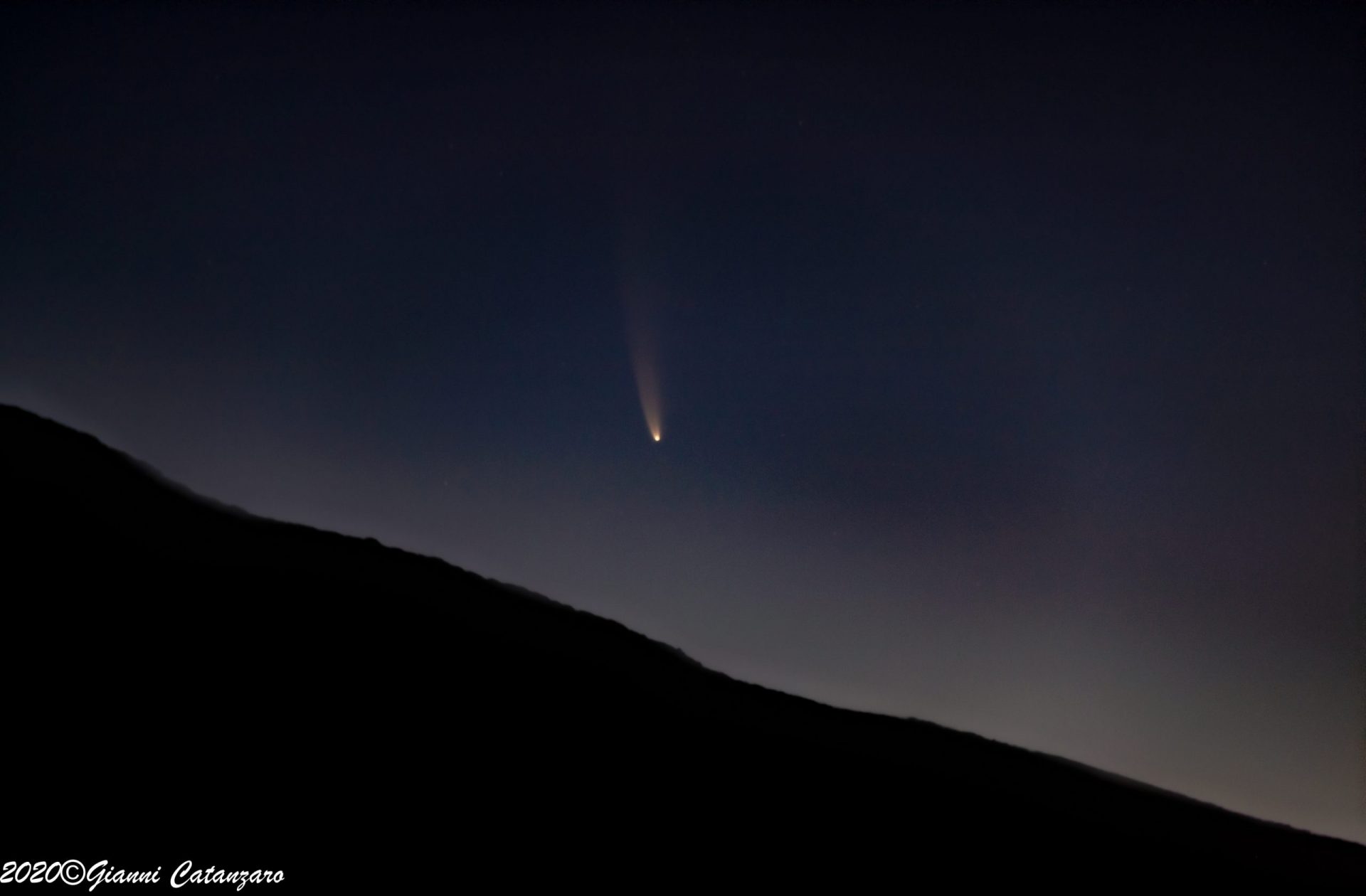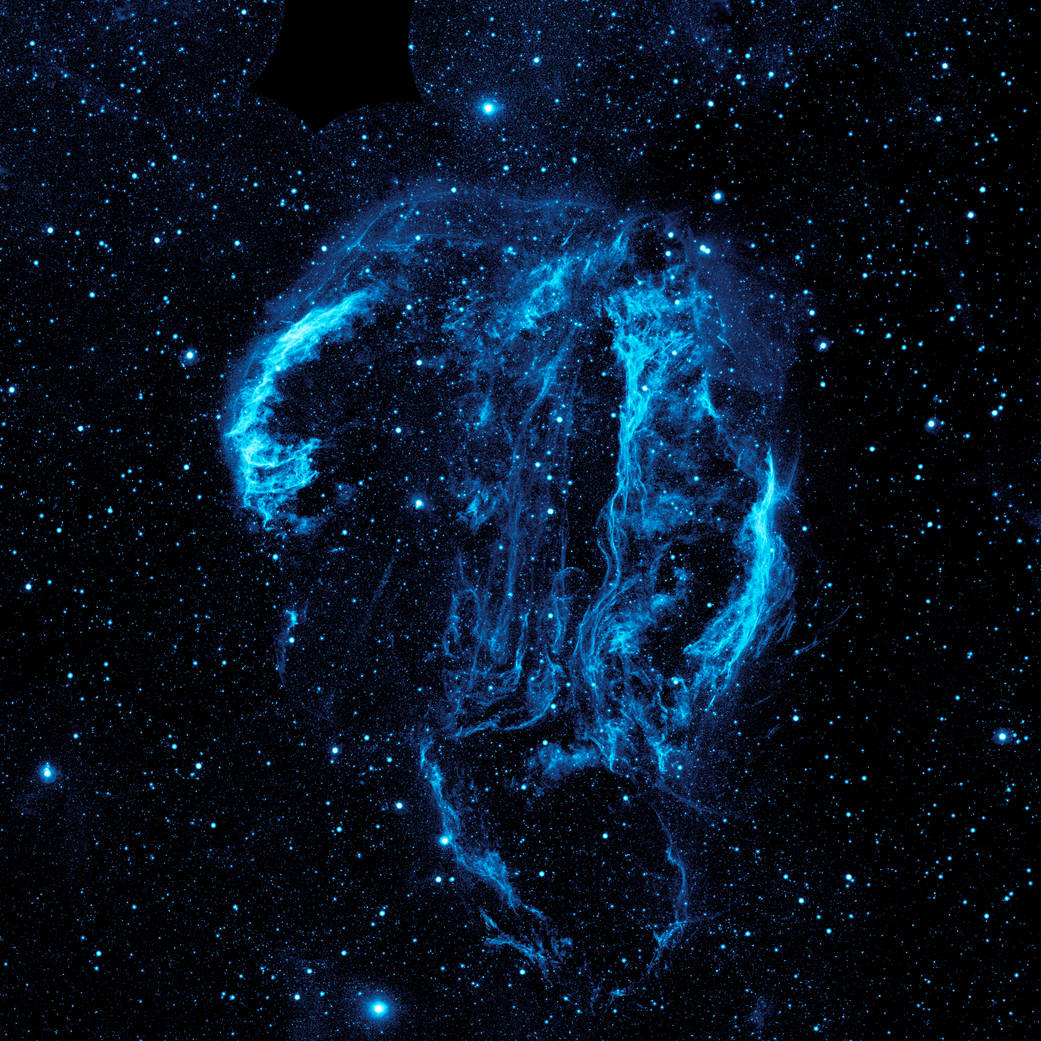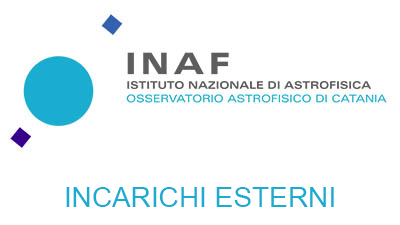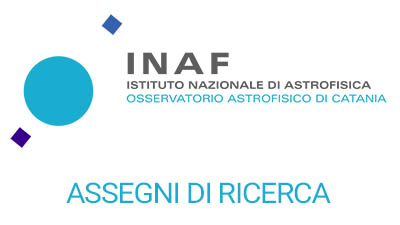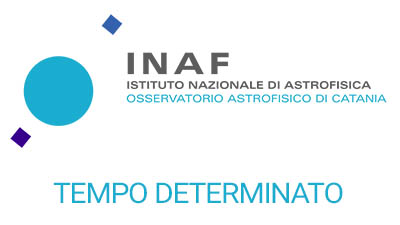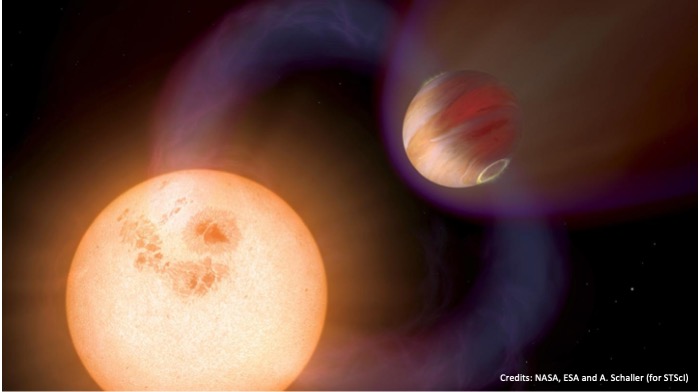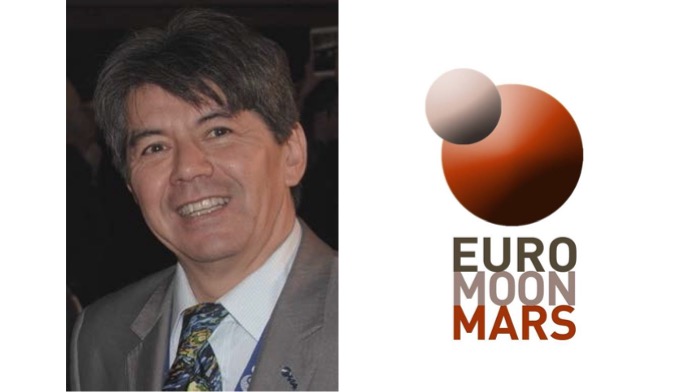EuroMoonMars is an ILEWG programme with space agencies, academia, universities and research institutions and industries. The ILEWG EuroMoonMars programme includes research activities for AI & data analysis, instruments tests and development, field tests in MoonMars analogue, pilot projects, training and hands-on workshops, and outreach activities. EuroMoonMars includes a programme of grants for Young Professional Researchers. EuroMoonMars field campaigns have been organized in specific locations of technical, scientific and exploration interest. Field tests have been conducted in ESTEC, EAC, at MoonMars analogues: Utah MDRS station, Eifel, Rio Tinto, Iceland, La Reunion, LunAres base /AATC in Poland, HI-SEAS base in Hawaii. These were organized by ILEWG in partnership with ESTEC, VU Amsterdam, NASA Ames, GWU and other partners. Latest campaigns have
been conducted jointly between EuroMoonMars –International MoonBase Alliance –HiSeas (EMMIHS). In 2019, the EuroMoonMars campaigns were launched at HI-SEAS, bringing together researchers from the European Space Agency, VU Amsterdam, ILEWG and IMA. Six scientists, engineers, explorers, journalists spent two weeks at the HI-SEAS station performing research relevant to both the Moon and Mars there. Research and technological experiments conducted at HI-SEAS will be used to help build a Moonbase in Hawaii, and ultimately to create an actual Moonbase on the Moon, as part of IMA & ILEWG major goals.
We give an update on ILEWG EuroMoonMars Results on Instruments and Outposts, with emphasis on events and field campaigns that took place in 2019-2021. We also give an update on campaigns EMMIHS in HI-SEAS Hawaii, EMMPOL in Moonbase Poland, and preparation of Euro-MoonMars-Etna campaign planned on 6-10 July 2021 as scouting for ARCHES DLR June 2022 telerobotics campaigns and Exomars 2022.
